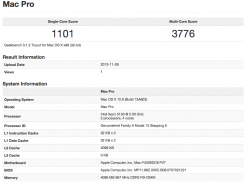Do you have more information on this step:
4.insert your board-id into InstallableMachine.plist(please google it)
I think that's probably what I'm missing.
On mine, on the installation media I went into the folder:
System > Installation > Packages
Then opened the InstallableMachines.plist file in Xcode.
There should be SupportedBoardIds with a little drop down to the left, click on the drop down to expand the list.
You can then hover the mouse over SupportedBoardIds and press the (+) that appears.
This will create a new entry where you can enter your computers board ID (The same one you added to OSInstall.mpkg).
Once done save the file.



